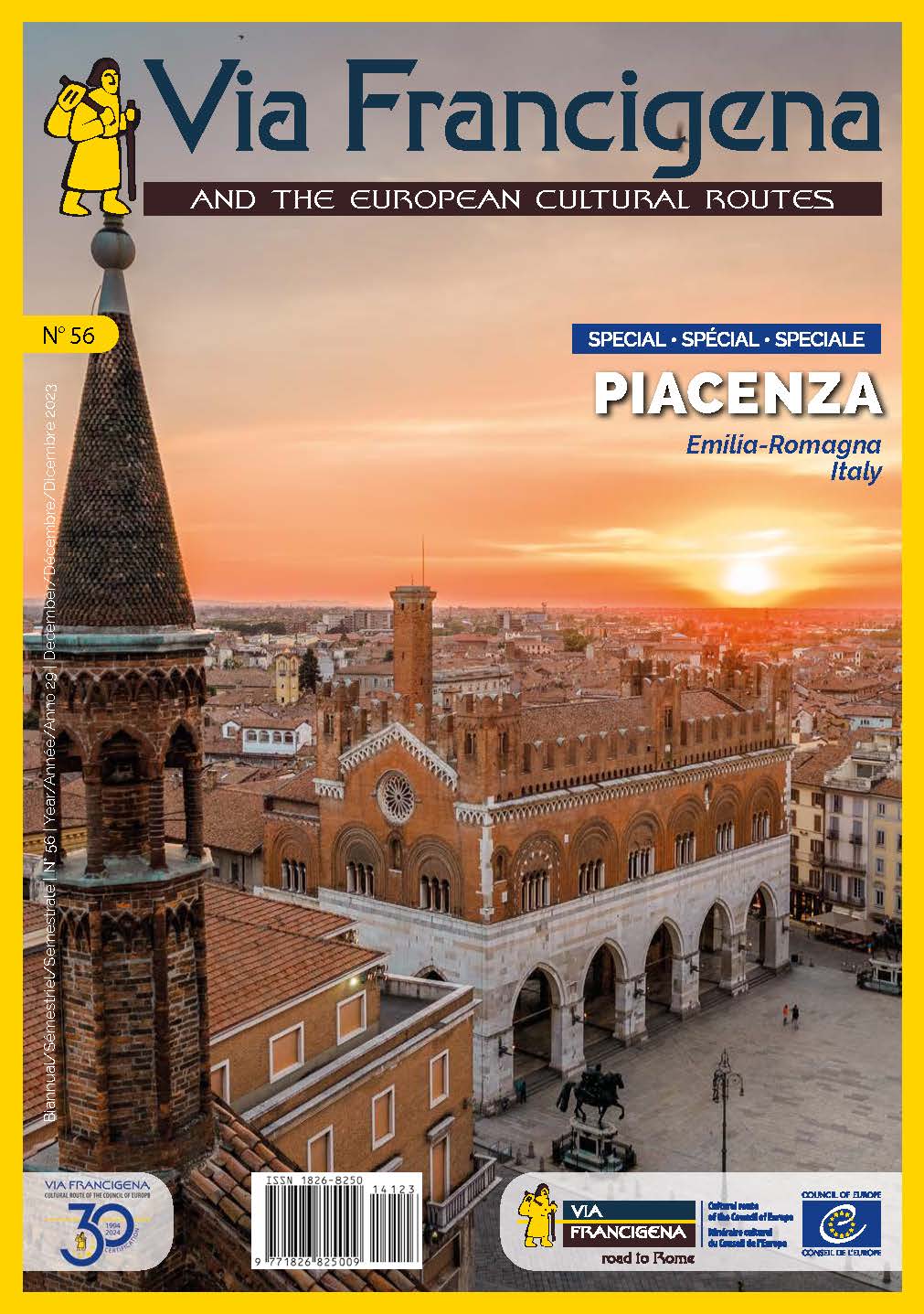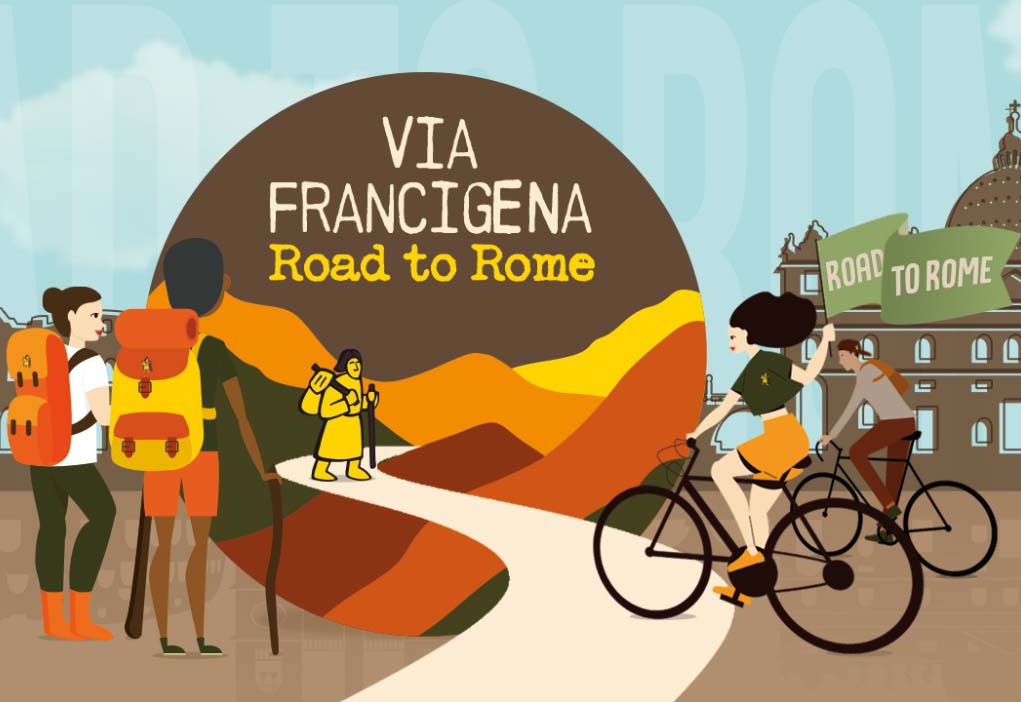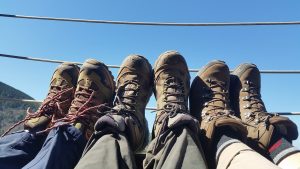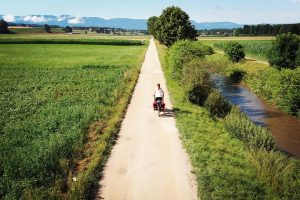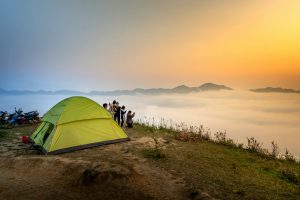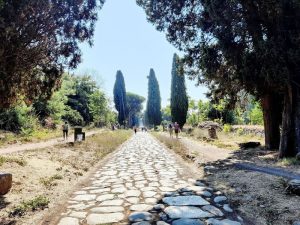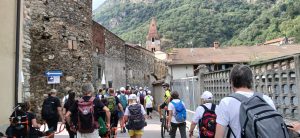Embarking on a journey is a wonderful experience, and choosing to do it in a tent can make it even more exciting and intense. If you decide to go for it, you definitely won’t regret it. While there are many positive aspects to this choice, it’s essential to start well-informed and aware so that small inconveniences don’t ruin your adventure.
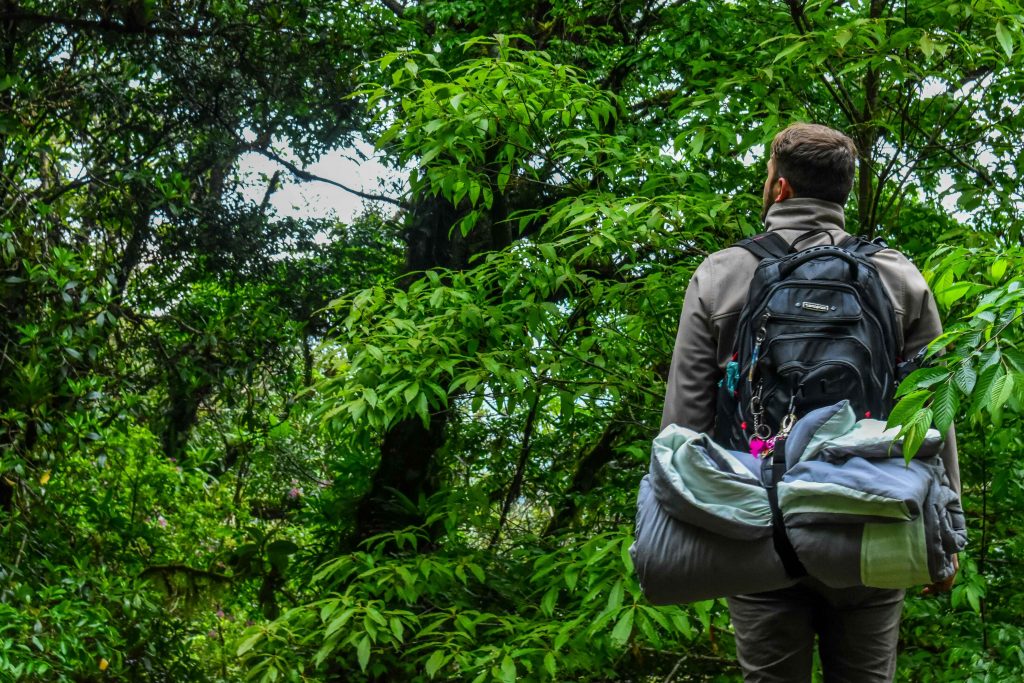
Here are six tips to make the most of this kind of experience and ensure it is as enjoyable as possible!
1. Choose the right tent
It may seem obvious, but this is precisely where you should start – an often underestimated aspect. There are many types of tents on the market, but not all are suitable for a trekking journey.
The perfect tent, first and foremost, should fold into a compact and lightweight format. Ideally, it should fit inside your backpack because attaching it externally can cause dangerous imbalances, leading to falls or annoying back pain. Weight is also crucial: if the tent weighs more than two kilograms, it’s not the right choice for a trek.
❗️Keep in mind that your total backpack weight should never exceed 15-20% of your body weight.
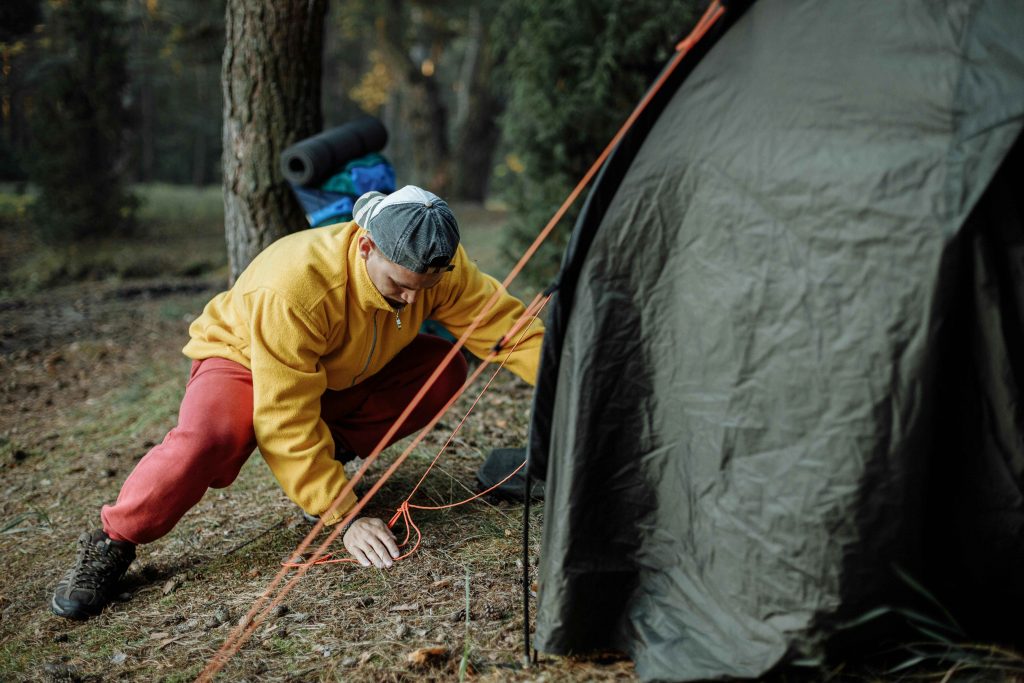
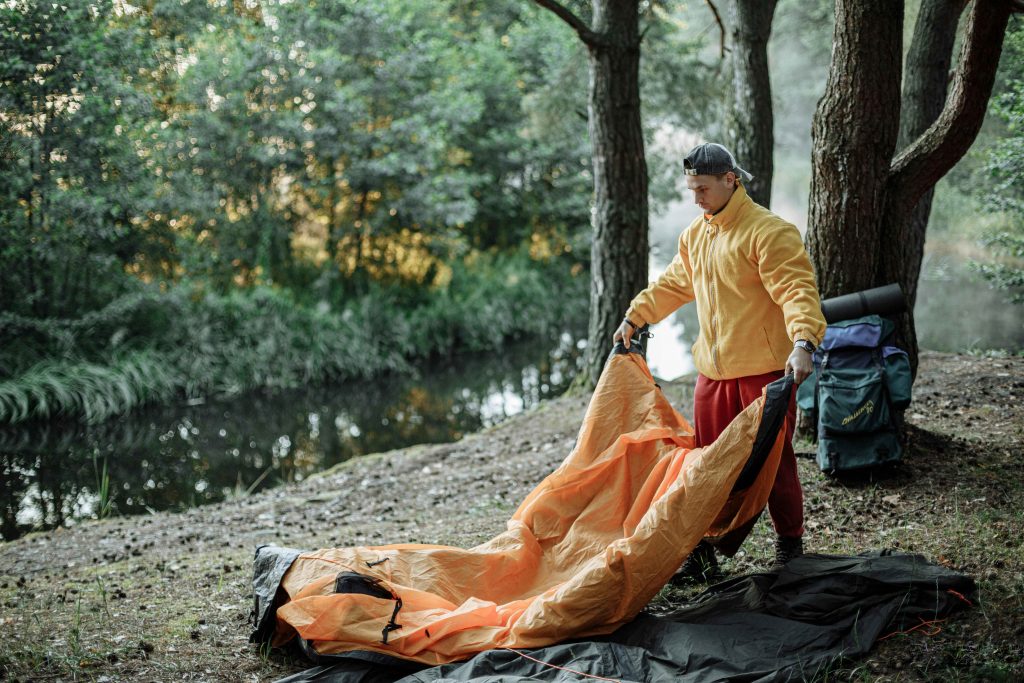
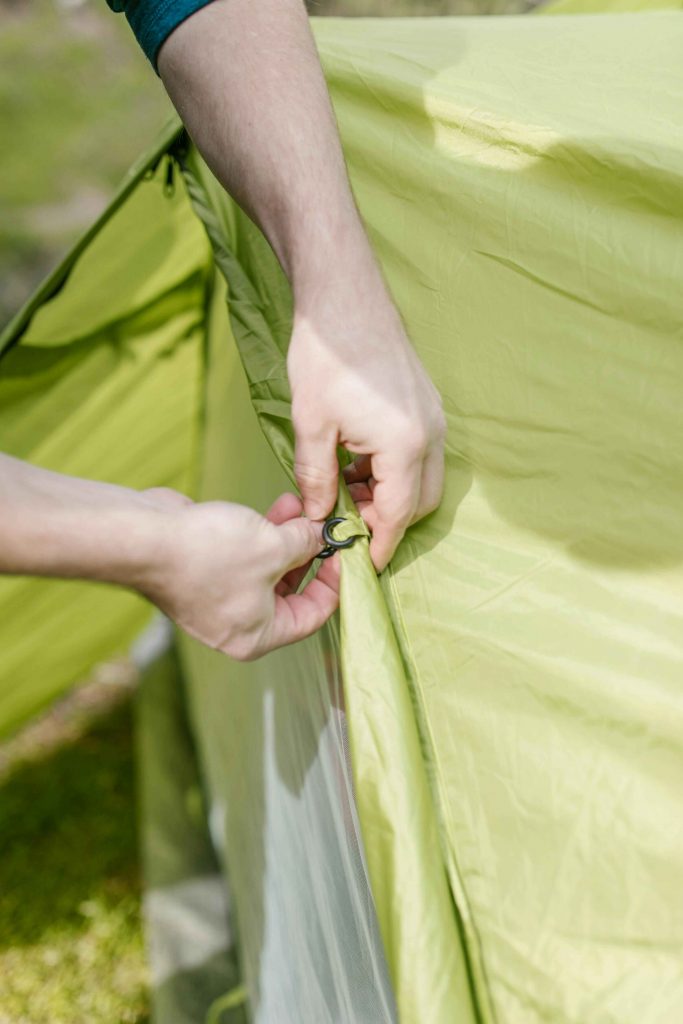
Also, remember that every day, you’ll need to set up and take down your tent as quickly as possible – even when you’re tired or facing bad weather. Choose a model that allows you to complete this task in just a few minutes and ideally on your own, even if you’re not traveling alone!
If you’re looking for a reliable tent suited for this kind of adventure, check out Ferrino, an Italian company specializing in outdoor gear. Their lightweight and compact tents are designed specifically for hikers and travelers who want to combine practicality and comfort in every adventure.
👉🏻 Bonus tip: since space inside a tent is limited, it’s best to choose a model that accommodates one extra person compared to the actual number of users. This ensures additional space for your backpack(s). If you’re alone, opt for a two-person tent; if you’re in a group of two, a three-person tent is ideal, and so on.
2. Don’t forget about comfort!
Comfort is not a minor detail: only if you rest well will you be able to face your trekking days at your best, both physically and mentally.
So, don’t forget to bring a sleeping pad that raises you a few centimeters off the ground, allowing you to rest on a soft surface while also preventing moisture from causing any physical discomfort.
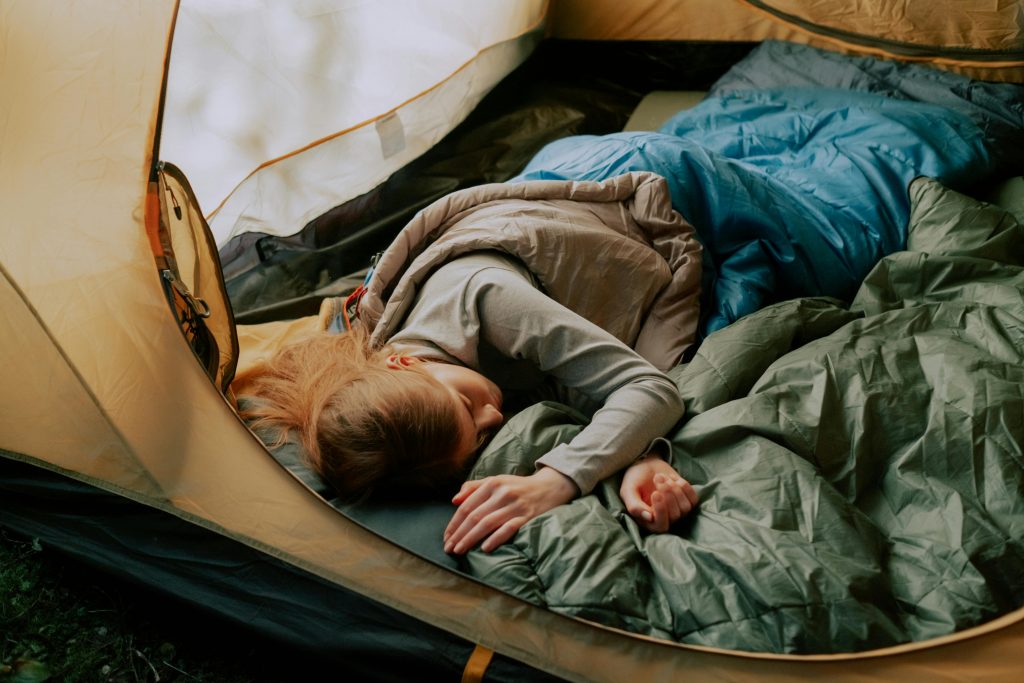
Among the various types of camping pads, inflatable models with an integrated pump are the best choice, as they are ready to use in just a few minutes.
3. Plan your route in advance
This advice is always important, but even more so if you plan to trek with a tent. You’ll need to know your daily route in advance so you can choose the best spot to stop for the night. For example, always keep in mind that wild camping is illegal in Italy (although specific regulations vary by region), meaning you can’t pitch your tent just anywhere.
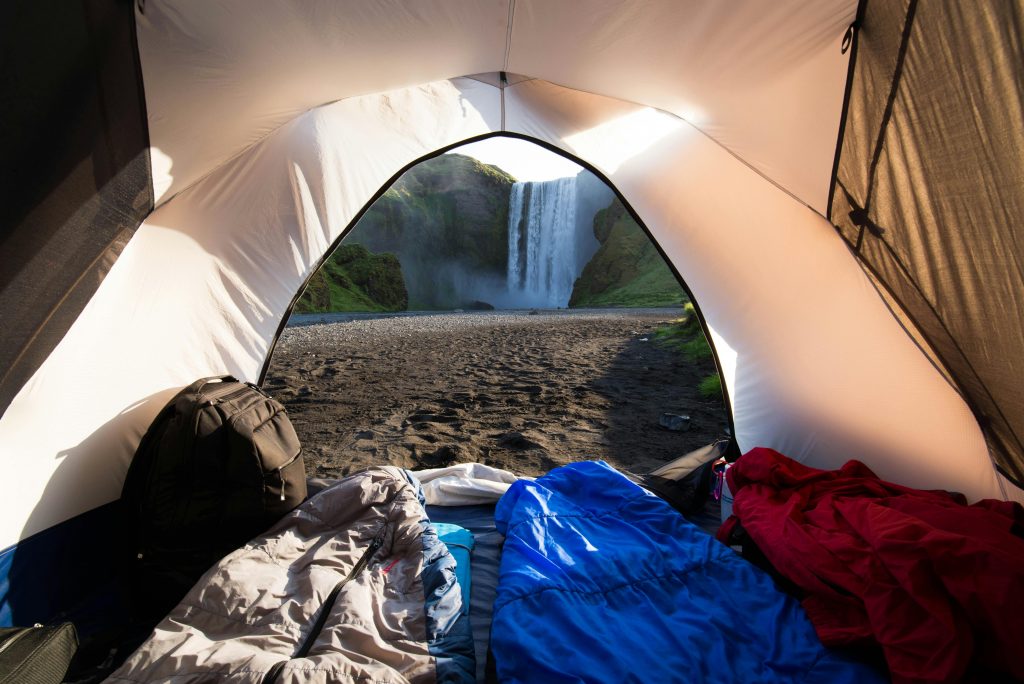
Identify designated areas, such as organized campsites, and make sure in advance that they have availability to accommodate you.
4. Watch out for temperatures: choose the right sleeping bag and clothing
Depending on the characteristics of the terrain and the time of year you plan to go, you need to pay close attention to temperatures.
In mountain environments, for example, you should know that nighttime temperatures can be quite cold even in the summer, requiring you to wear warm clothing. To optimize space and weight in your backpack, bring technical clothing – preferably with a high percentage of merino wool, which keeps garments fresh and dry – as well as thermal layers to withstand even the coldest nights without issues. Don’t forget a fleece and a waterproof jacket, which will not only protect you from the rain during the day but also keep you warm at night if needed.
Choosing the right sleeping bag is also essential. The best model for you should be compact and lightweight when packed, yet capable of providing optimal comfort temperature. If you expect very cold nights, go for a zero-degree sleeping bag. For spring and autumn treks, lighter models will suffice. And if you’re traveling in summer without high-altitude overnight stays, even a simple sleeping liner might be enough.
5. How to manage food and meals
Before setting off on a tent trek, you need to carefully plan how you will manage food and meals along the way. In general, the most effective solution – especially if you can share the load with fellow trekkers – is to bring a camping stove with a gas canister. It takes up little space and allows you to cook independently. The best food options are mostly freeze-dried meals, such as instant risottos and soups, which can be prepared in just a few minutes.
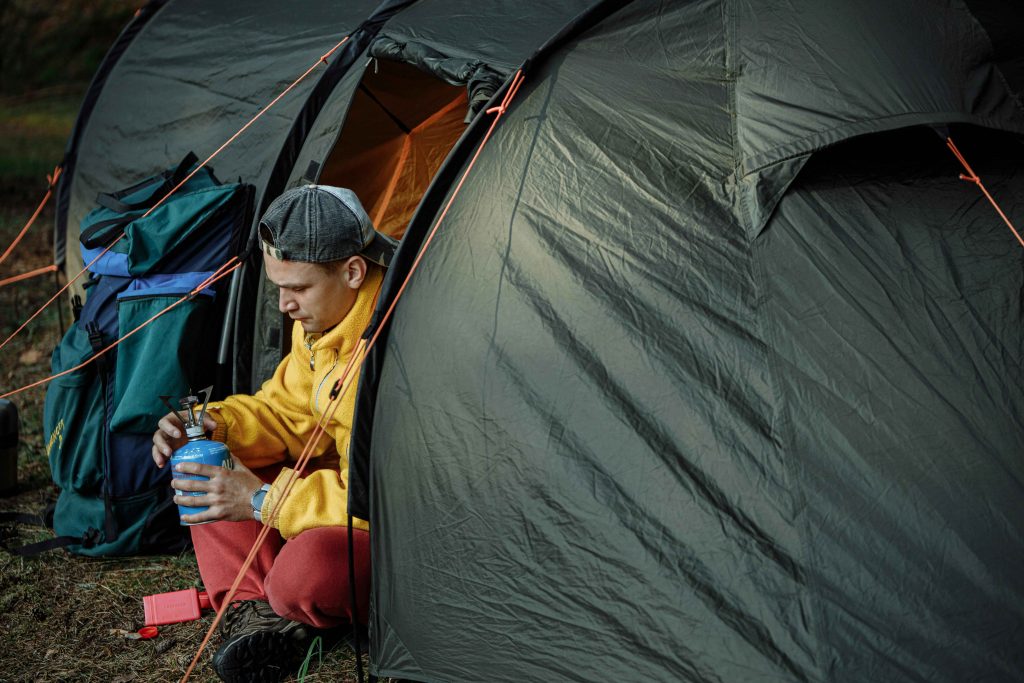
If you know for sure that you will always be staying at organized campsites with kitchen facilities, you can skip the extra weight of the stove, gas, and even utensils, relying instead on the available amenities. Also, consider the option of having lunch or dinner at inns and restaurants along the way – this way, you can eliminate extra weight, walk with a much lighter backpack, and support the local economy at the same time.
If you’re carrying fresh, non-freeze-dried food, remember not to keep it inside your tent. Instead, hang it outside at a safe distance and at least 1.5 meters above the ground. This will help prevent wild animals from approaching your tent during the night.
6. Embrace slow tourism
Let’s wrap up with one of the most important tips for your journey: take it slow. Enjoy the beauty of traveling on foot and immerse yourself in the breathtaking places you’ll encounter along the way. Our stunning Italy is full of charming villages and UNESCO sites along its trekking routes – hidden gems that deserve to be explored and appreciated. Don’t let your trek become just a physical challenge; instead, make it a rich and unforgettable experience!
Now that you have all the tips to make the most of your tent adventure… it’s time to set off! Buon cammino!




